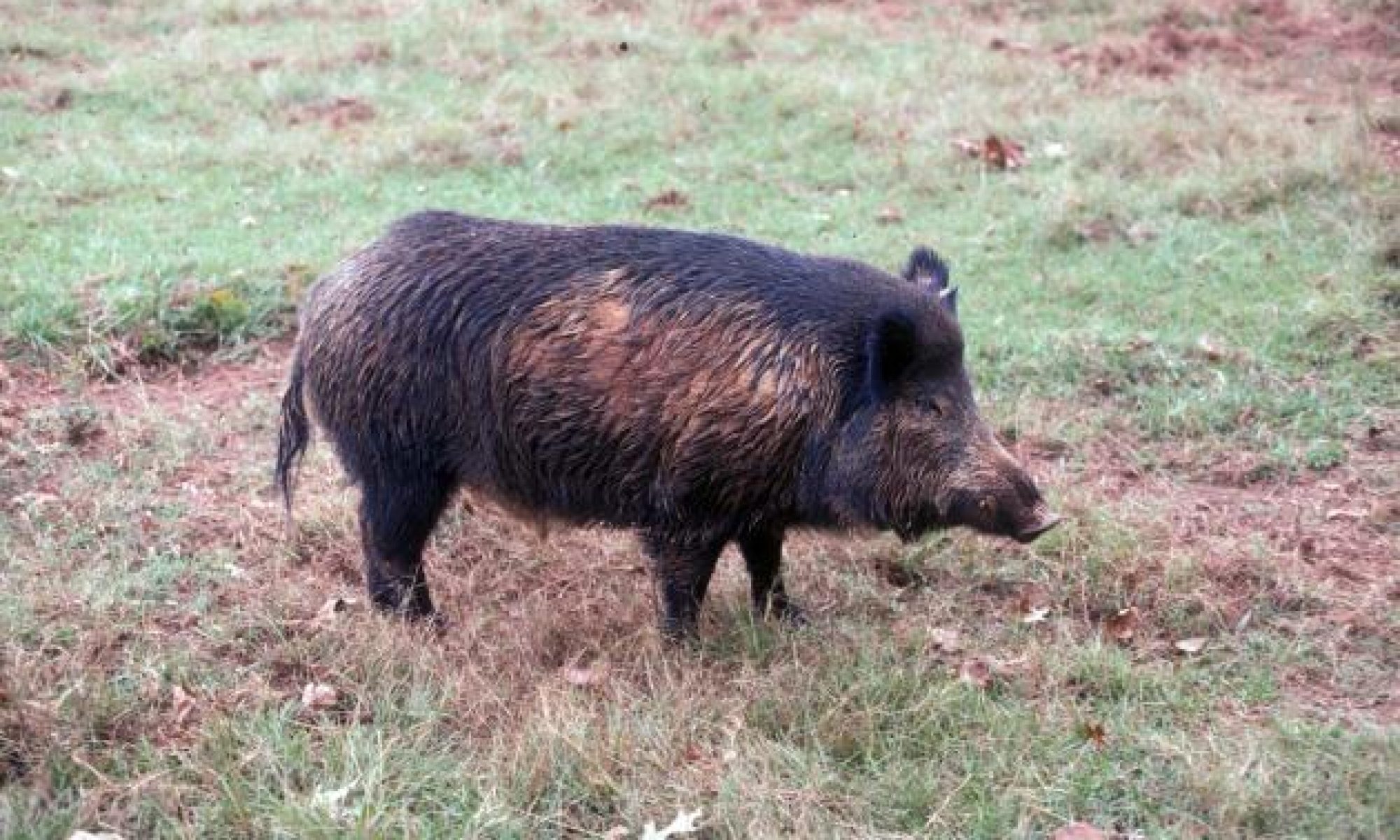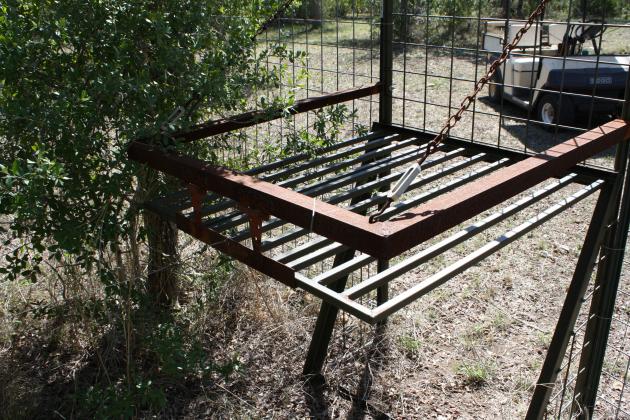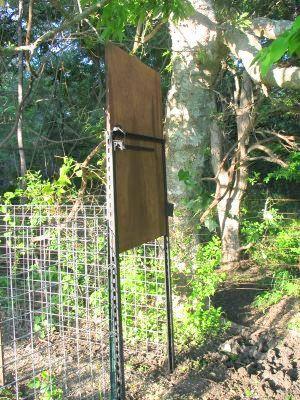
Figure 1. A corral trap using only two 20-ft livestock panels. Use of 5 panels would be preferred to capture entire sounders. Photo courtesy of Texas AgriLife Extension Service.
Trapping feral hogs using corral traps is one of the most common, and in many cases the most efficient, technique for managing feral hog damage to land resources. Whereas most trappers measure the success of their removal program in numbers of feral hogs captured (and subsequently euthanized or removed), the more …




